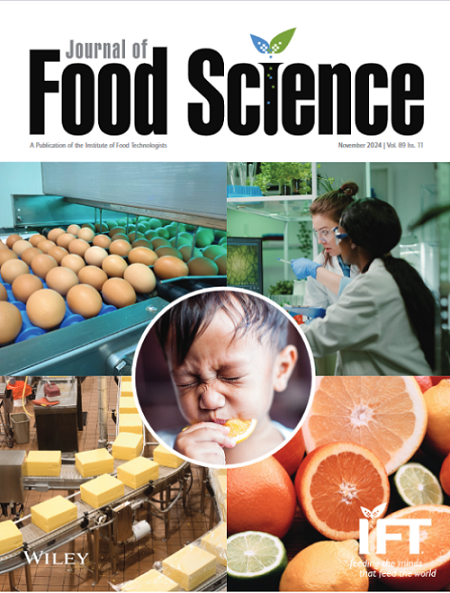Coconut endosperm residue is an abundant and low-cost resource of dietary fiber, but the low soluble fiber content limits its functional properties and applications in the food industry. To improve the hypolipidemic and hypoglycemic properties, coconut endosperm residue fiber (CERF) was modified by superfine-grinding and mix enzymatic hydrolysis alone, or combined with acetylation or hydroxypropylation. The effects of these modifications on the structure and functional properties were studied using scanning electron microscopy, Fourier-transformed infrared spectroscopy, and in vitro tests. After these modifications, the microstructure of CERF became more porous, and its soluble fiber content, surface area, water adsorption, and expansion capacities were all improved (p < 0.05). Moreover, superfine-grinding and mix enzymolysis combined with acetylation treated CERF showed the highest surface hydrophobicity (48.96) and cholesterol and cholate adsorption abilities (33.72 and 42.04 mg∙g‒1). Superfine-grinding-, mix enzymolysis-, and hydroxypropylation-treated CERF exhibited the highest viscosity (17.84 cP), glucose adsorption capacity (29.61 µmol∙g‒1), and glucose diffusion inhibition activity (73.96%), and water-expansion ability (8.60 mL∙g‒1). Additionally, superfine-grinding and mix enzymatic hydrolyzed CERF had the highest α-amylase inhibiting activity (42.76%). Therefore, superfine-grinding and mix enzymolysis alone or combined with hydroxypropylation were better choices to improve hypoglycemic properties of CERF; meanwhile, superfine-grinding and mix enzymolysis combined with acetylation can effectively improve its hypolipidemic properties.
This study offered three composite modification methods to improve the soluble fiber content and in vitro hypolipidemic and hypoglycemic properties of coconut endosperm residue fiber. These modification methods were practicable and low-cost. Moreover, it provides good choices to improve the functional properties and applications of other dietary fibers in the food industry.


